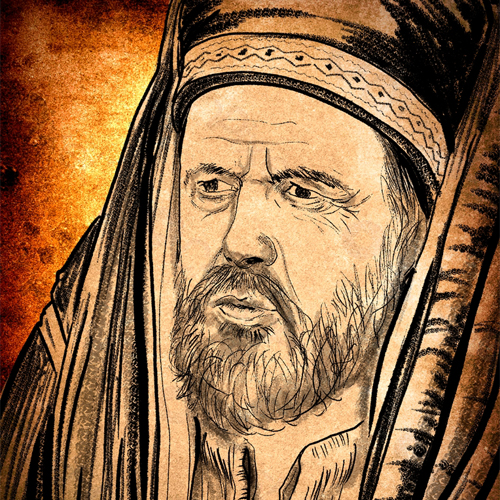
August 31
Joseph of Arimathea is best known for being the friend of Jesus who took his body from the cross, wrapped it in a shroud of fine linen, anointed it with spices, and laid it in a new tomb, which the Gospel of Matthew suggests was Joseph’s own tomb. Joseph of Arimathea was a member of the Sanhedrin and had not consented to the Sanhedrin’s decision regarding the capture and death of Jesus.
Legends associated with Joseph of Arimathea include the Legend of the Holy Grail, in which the Holy Grail (the chalice of the Last Supper) was entrusted to the keeping of Joseph, who brought the Grail with him to England. This legend claimed that King Arthur was descended from Joseph through King Arthur’s mother. Another legend is that Joseph was an uncle of the Virgin Mary and was a tin merchant who traded tin between the mines of England and the Middle East. He was said to have visited Cornwall, along the south coast of England, and brought with him Jesus, his nephew. It was Jesus who taught Joseph how to extract the tin and purge it of tungsten, a precious metal. This story may have grown out of the fact that in ancient Britain, Jews were tin miners and did this very thing.
Legends aside, this much is true: Joseph of Arimathea was a man of conscience and courage. He defied his fellow leaders and went before the Roman governor to ask for Jesus’ body when other disciples had run away and hid. Although he was not fully known as a disciple of Jesus, Joseph stood up for Jesus at the end, giving him a proper and dignified burial that expressed the care and respect of those who knew and loved him.
Another legend holds that Joseph died in England, far from his homeland, and that his relics were venerated at Glastonbury Abbey, until Henry VIII destroyed them.
(Image © German Vizulis, via Shutterstock)